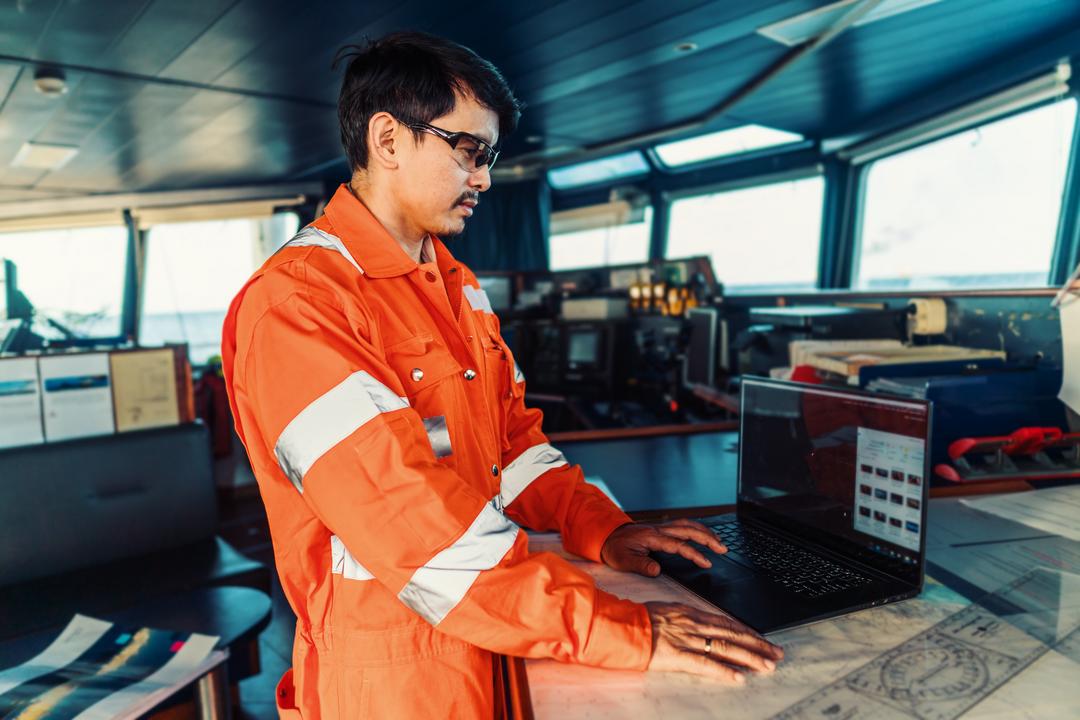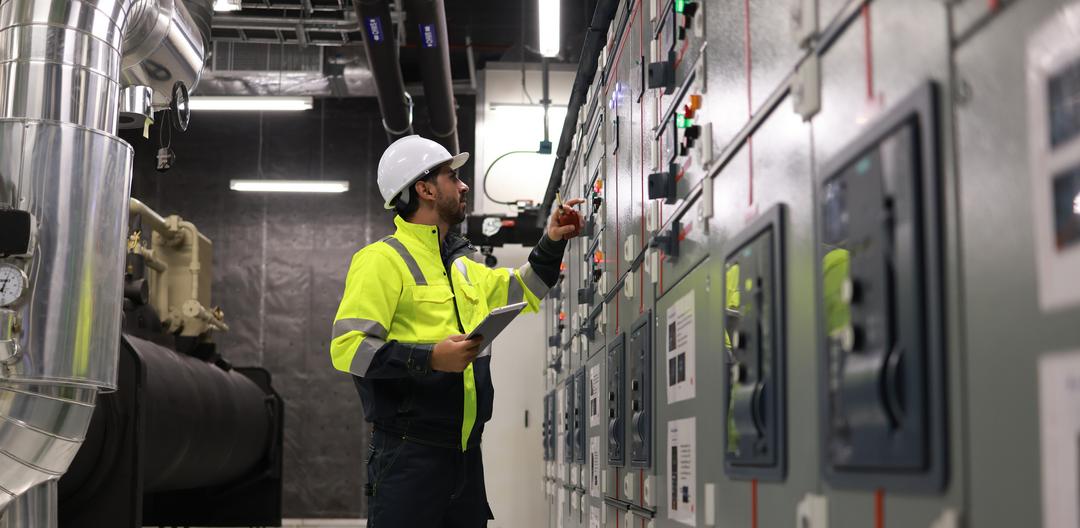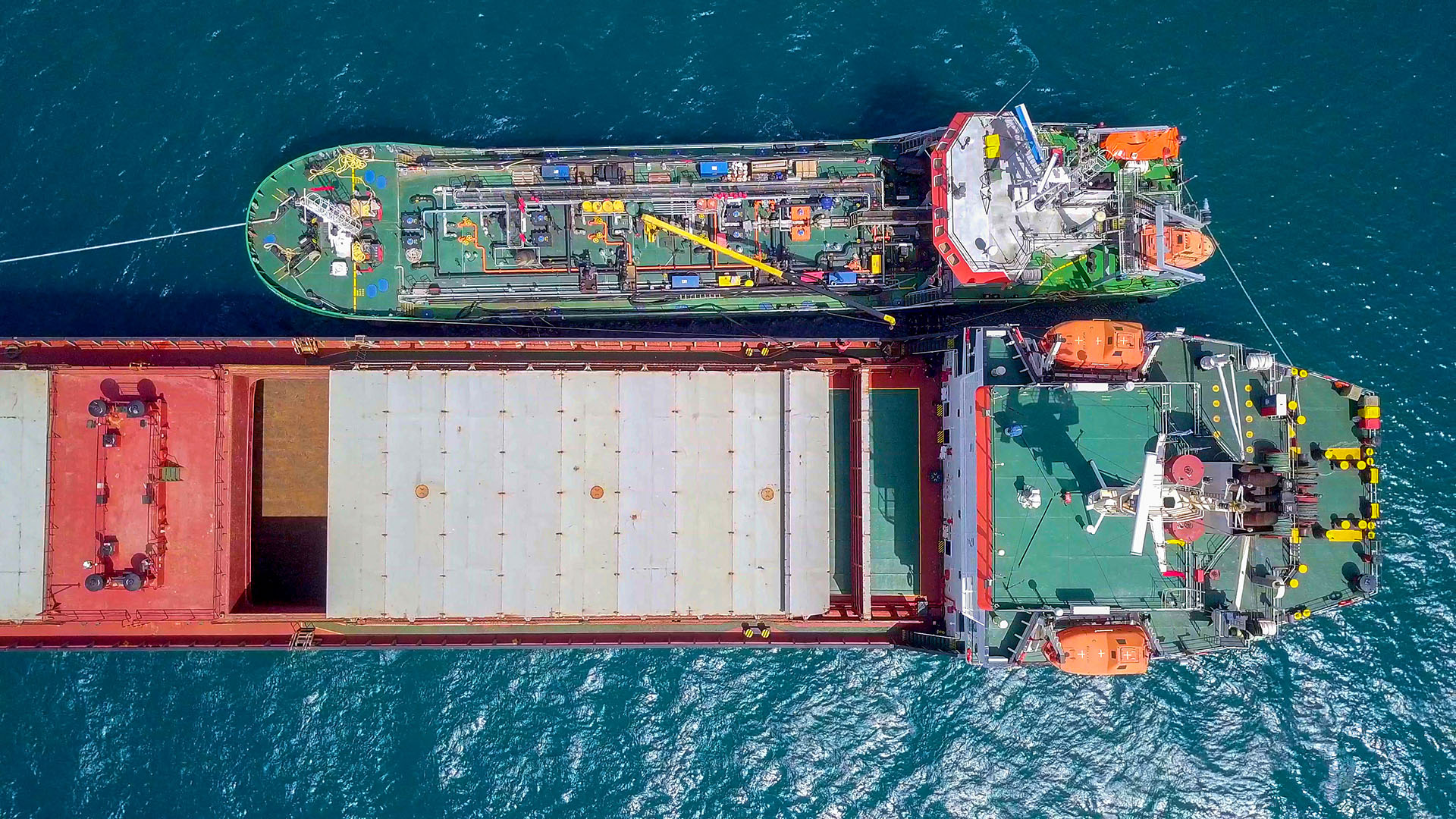I’m incredibly proud to share a major milestone for Danelec, our high-frequency data (HFD) sensors are now installed on over 15,000 vessels worldwide.
As a result, we’ve captured more than 1.5 trillion onboard data points in 2024 alone, and we’re on track to double that by 2026. This isn’t just about numbers, it’s about reshaping the way the maritime industry operates.
Why This Matters
For too long, the industry has relied on outdated, low-frequency data (LFD) methods like noon reports, which offer only a daily snapshot of vessel performance. But times are changing. HFD provides real-time insights, allowing operators to make smarter, faster decisions that improve efficiency, safety, and compliance.
This shift isn’t just a tech upgrade, it’s a complete game-changer. As I see it, "High-frequency data collection is transforming how we optimize vessel operations, cut emissions, and navigate an increasingly complex regulatory environment."
Real-World Impact
We’re already seeing the benefits in action. Danelec’s latest report, From Data to Action, highlights Emirates Shipping Line, who recently transitioned five of its ten pilot vessels from traditional noon reports to Danelec’s HFD system. This shift has led to more accurate fuel consumption calculations and real-time monitoring of vessel performance, something simply not possible with LFD.
Additionally, according to Anglo Eastern, high-frequency data provides a new level of oversight, allowing vessel performance to be monitored in real time from shore. This eliminates the reliance on delayed reports and minimizes human error in data collection, ensuring more accurate and reliable insights.
Efficiency, Sustainability & Competitive Advantage
Having real-time insights doesn’t just help with monitoring, it helps companies save money, reduce emissions, and stay ahead of regulatory requirements. HFD enables predictive maintenance, better route planning, and a more proactive approach to operational efficiency.
A vessel performance analyst at OSM Thome pointed out in Danelec’s report, "early adopters of high-frequency data systems can position themselves as leaders in the industry. Those who embrace these technologies early can gain a competitive advantage by leveraging insights that others may lack."
What’s Next?
We’re not stopping here. We plan to double our data collection by 2026 as more vessels adopt our technology. Our mission is clear: to help shipping companies become more efficient, sustainable, and data-driven.
This milestone is just the beginning. We’re excited about what’s ahead and grateful to our customers, partners, and industry peers for trusting us to lead this transformation. The future of shipping is digital,and we’re proud to be at the forefront.




